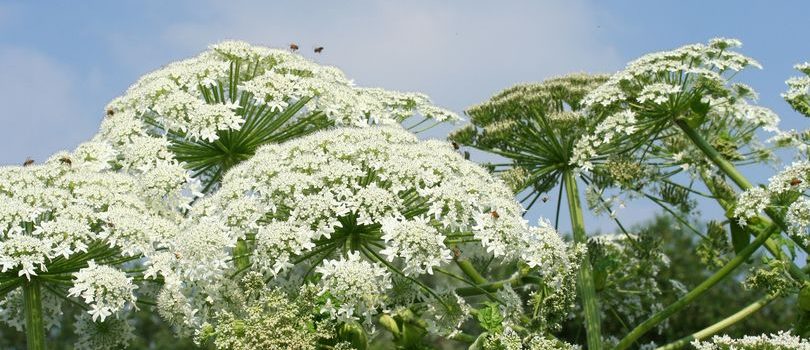
Pattern to process, research to practice: remote sensing of plant invasions
Biological invasions are a major threat to biodiversity and cause economic damage worth billions of dollars every year. Processes that drive plant invasions involve multiple steps, from introduction, establishment, survival, persistence, dispersal and landscape-scale invasion. Understanding individual steps along the invasion process and its drivers is crucial for management. This review, targeting the broad audience of invasion scientists, field ecologists and land managers, summarizes the state-of-the-art and potential of remote sensing in plant invasion science and management. It identifies challenges and research gaps, discusses the discrepancies between technology, science and practice, and suggests ways of addressing some of these issues. Invasion processes happen across multiple spatial and temporal scales, and “rocking” across scales using Earth observation data helps to understand the dynamics of invasions and to reveal its drivers, thereby improving the efficiency of control measures. Increasing spatial/temporal resolution of imagery from satellites and drones has much potential to (i) precisely identify even less conspicuous invasive species; (ii) map invasion dynamics; and (iii) provide information on environmental variables and landscape structure at scales fine enough to capture underlying ecological processes. Until now, remote sensing research has focused primarily on spatio-temporal patterns of plant invasions. Other more challenging topics, such as early monitoring, and revealing the invasion mechanisms and impacts have received less attention. Despite the power of remote sensing technology and recent developments, large discrepancies remain between possibilities and actual implications in research and practical management of invasions. Although recent technological advances, such as powerful algorithms, cloud solutions, and data streams from citizen science, might overcome some limitations, the mutual dialog among field ecologists, managers, invasion scientists and remote sensing specialists remains crucial; our review contributes to such communication.
Reference: MÜLLEROVÁ, Jana, Giuseppe BRUNDU, André GROßE-STOLTENBERG, Teja KATTENBORN and David M. RICHARDSON. Pattern to Process, Research to Practice: Remote Sensing of Plant Invasions. Biological Invasions. 25, 3651–3676 (2023). https://doi.org/10.1007/s10530-023-03150-z
Shared at the courtesy of Springer Nature SharedIt Initiative at https://rdcu.be/dktWK